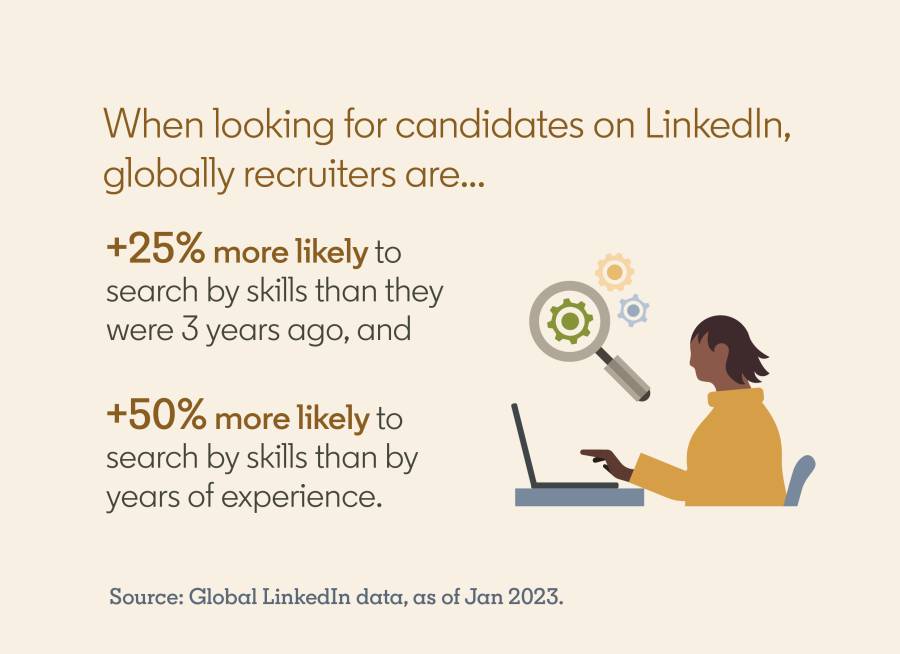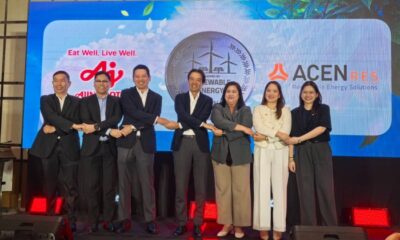Enterprise
Addressing the Growing Skills Gap in SEA: Embracing a Skills-First Approach to Talent Acquisition


In the past, companies used to hire candidates based on their educational background, work experience, and years of service. However, with the rapid pace of technological advancements and the fast-changing nature of job requirements, hiring based on these traditional criteria has become inadequate. This has led to a significant shift towards a skills-based approach to talent acquisition in recent years. According to LinkedIn data in the Philippines, the skills required for a specific job have increased by an average of 31% since 2015 and are projected to increase by up to 48% in 2025. As a result, a growing number of companies are adopting skills-based hiring strategies to stay competitive in the tight labor market.
The Future of Recruiting report from LinkedIn highlights some noteworthy trends related to skills-based hiring, including the challenges recruiters face in finding candidates with the desired skills. More than half (56%) of recruiting professionals globally and 55% in Southeast Asia (SEA) report that finding candidates with the right skills is a significant challenge. To address this challenge, the report shows that recruiters worldwide consider skills-based hiring a top priority, with 75% of them anticipating it to be a priority in the next 18 months. Furthermore, 81% of recruiters worldwide believe that upskilling and reskilling their current employees will play a crucial role in shaping the future of recruiting over the next five years. In SEA, 89% of recruiters prioritize skills-based hiring, and 87% of them focus on upskilling and reskilling their employees.
Recruiters worldwide are increasingly searching for candidates based on their skills, with 25% more recruiters looking for skills-based candidates than just three years ago. More than 50% of recruiters worldwide now search for skills rather than years of experience. Adopting a skills-first approach to hiring can help companies expand their talent pool by 9.4 times, providing them with a competitive edge and the ability to meet their skill requirements.
For candidates, learning opportunities have become a top driver when considering job offers. In SEA, opportunities to learn new skills, advancement opportunities, and career growth are among the top five priorities for candidates. Besides hard skills, recruiters in SEA also value essential soft skills such as communication, relationship-building, adaptability, business acumen, and problem-solving.
To navigate the rapidly-changing future of work, companies can refer to the full Global report and SEA report by LinkedIn, which offer more insights into the trends shaping the talent acquisition landscape. By prioritizing skills-based hiring and investing in upskilling and reskilling their current employees, companies can build a talented and versatile workforce that can adapt to the evolving job market’s changing demands.
































